
Hiking Mt. Everest is high on the bucket list of many adventurous people. However, there are a number of reasons why I will not attempt this trek, at least in the current state of the mountain and the damaging overtourism surrounding it.
Overtourism on Mt. Everest
As a traveler, hiker, and overall adventure seeker, I understand the draw of hiking Mt. Everest. However, in recent years the trek has become more and more dangerous despite advancements in technology and knowledge of the mountain itself. Why? Overtourism.
As more and more people decide to make the trek up Earth’s tallest mountain (above sea level), Nepal has drastically lowered the standards for climbers and increased the number of permits given. The resulting commercialization of the hike has made the already dangerous trek even more deadly.
What Happens at Mt. Everest’s Peak
Natural hazards such as avalanches, cracking ice, and deep crevices are an ever-present risk everywhere on the mountain. However, the real dangers lie closer to the peak at the “death zone” above 8,000 meters (26,000 feet). Extreme altitude sickness sets in at this level, causing dizziness, headache, vomiting, and exhaustion. This is caused by a lack of oxygen to the brain. At extreme altitude, the body even stops digestion! The membranes around the brain and lungs thin, and can cause leakage of fluids into different areas of the body. This can cause pulmonary edemas in the lungs or cerebral edema in the brain. Altitude sickness hits harder if you are physically exhausted, dehydrated, or even have a cold. Most hikers, especially inexperienced ones, perish either directly or indirectly from extreme altitude sickness on Everest.

Mt. Everest’s Dangerous Commercialism
The problem with Everest’s increasing commercialism is overcrowding. Photos have been taken of hikers lined up down the side of the mountain to take that beloved selfie peak. This is extremely dangerous, as the longer a person stays above the extreme altitude point, the greater the chance of extreme illness or death. You can see these photos in a CNN article here.
Getting a permit to trek Everest is easier than ever, even with the ever-increasing mortality rate. The cost of a permit, a guide, and a sherpa is, on average, $45,000USD. If you have the money, you are, unfortunately, allowed to go.
Social and Environmental Results on Mt. Everest
Everest is one of the most trash-covered areas on the planet. Garbage, supplies, and oxygen canisters are littered all over the side of the mountain. Another thing littering the mountain? Human bodies. The bodies of perished hikers are left on the side of the mountain because it is much too dangerous and expensive to retrieve them (along with all the garbage left behind). It is not uncommon for hikers to have to physically step over a deceased hiker to reach the peak. Some bodies are even used as trail markers because they have been there for so long.
Other than litter and bodies, the trek has had some social repercussions as well. Local Nepalese sherpas are often hired to carry equipment for hikers. It is a way for the locals to earn a fair bit of money. However, a local Sherpa earns only $6,000 on average per trek, compared to $30,000 for a western guide. The trek can be even more dangerous for these sherpas, as they are carrying the equipment and guiding often extremely inexperienced hikers.

Final Thoughts on Hiking Mt. Everest
The sheer amount of littering and exploitation of local Nepal sherpas disgusts me. Everest has become a hot destination for the rich, rather than experienced hikers who have been training for years. Overcrowding has made the dangerous trek even more deadly, and even worse, people are dying trying to retrieve the bodies of fallen hikers.

Do I want to see Everest? Absolutely! I would love to see the mountain from a distance and visit Nepal. I would love to put my tourist dollars towards a less destructive purpose. Other adventurous travelers should do the same, and urge those around them not to support the over-tourism of Everest. Nepal will not change their policies due to the sheer amount of money they receive from Western tourists, so it is up to us. Stop the destruction of one of the natural wonders of the world, and stop taking advantage of the locals in Nepal.
Please share this article to spread the word!
Shop My Favorite Hiking Gear
Sources
McGreevey, Ronan. “Climbing Mount Everest: A Dangerous Pursuit.” The Irish Times. (May 17, 2019).
Wetsman, Nicole. “Why Are So Many People Dying On Mount Everest?” Daily Beast. (May 29, 2019).
Like this article? Pin it!












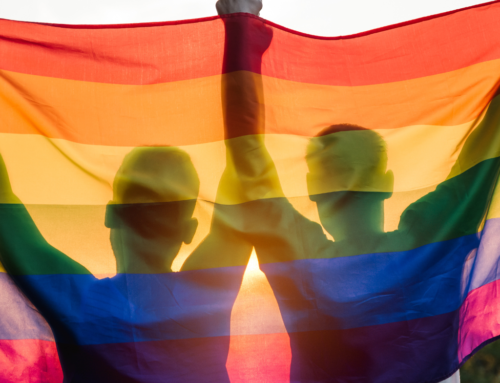
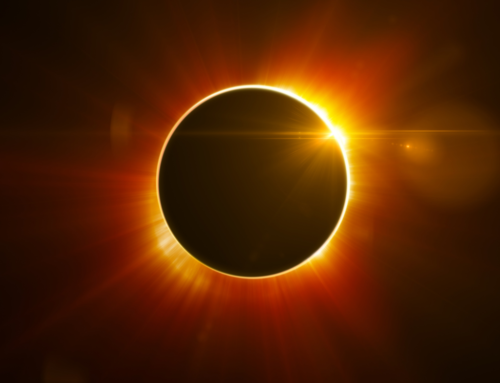
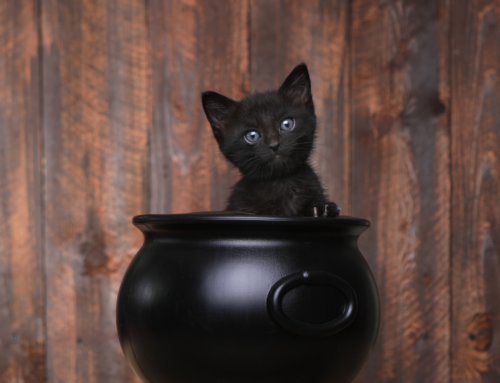

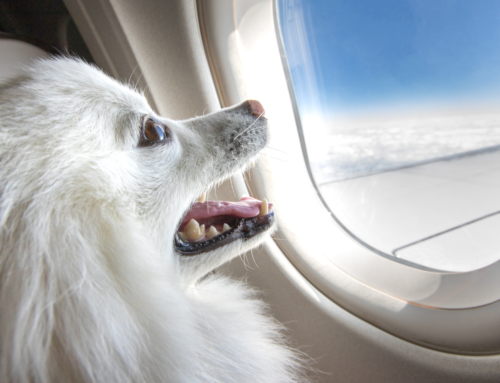
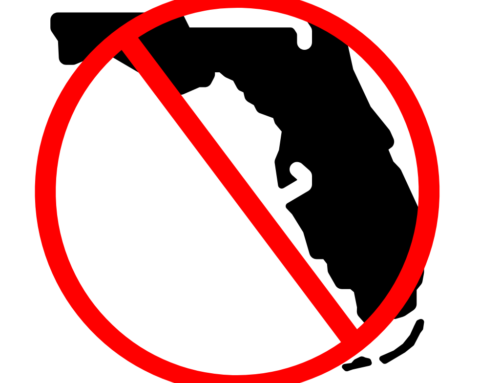
Leave a Reply